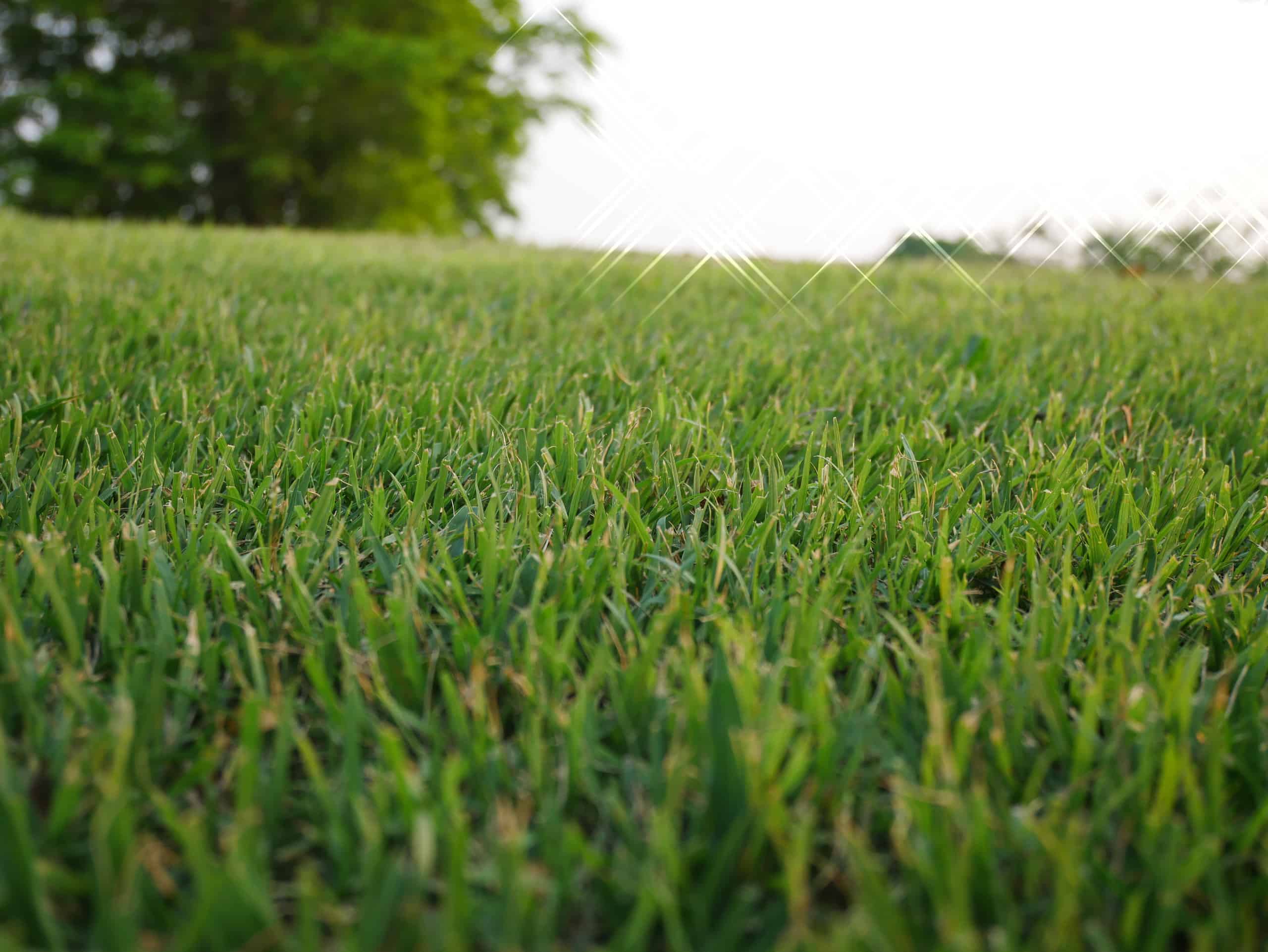Are you thinking about giving your lawn a new look? If so, you might be researching the different grass types and the benefits that they offer. Individuals who live in Arizona know that the weather can be oppressive, so locals here need grass that can withstand hot and dry conditions. The specific grass type right for your lawn will depend on your location within the state, how much sun or shade your lawn gets, and how much foot traffic you get on average. Let’s explore five different kinds of grass that are the best suited for Arizona lawns.
1. Bermuda Grass
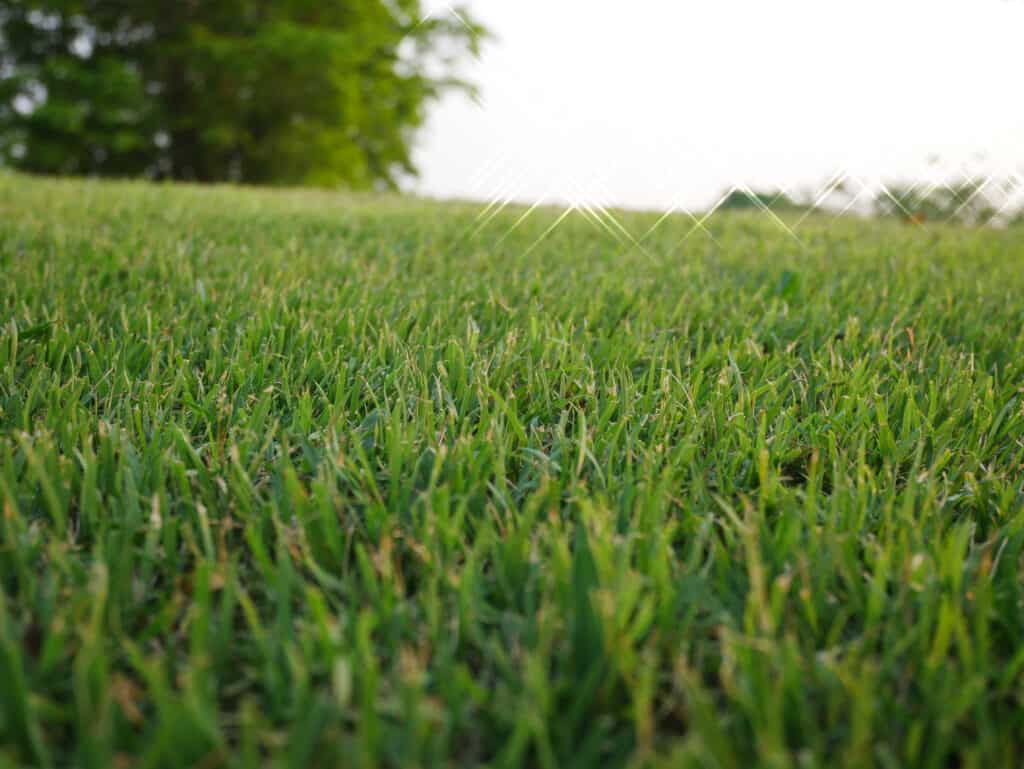
Bermuda grass is also used for sports fields.
©Joyjiraporn/Shutterstock.com
When it comes to grass types that thrive in Arizona weather, Bermuda grass is at the top of the list. This grass is sun-loving, drought-resistant, and able to withstand the harsh summers that are common in this state. In addition, Bermuda grass is hardy and can handle a lot of foot traffic. Families who enjoy spending time on their lawns playing with children or hosting events will be pleasantly surprised at how well this grass holds up. It’s no surprise that this is the most popular lawn grass in Arizona, as it has many qualities that mesh well with hot and dry weather conditions. In particular, Tifway and common Bermuda grass seem to be the most popular varieties throughout this state.
Despite all these wonderful qualities, Bermuda grass has some drawbacks as well. It is a prolific grower, and those who have gardens may want to set up borders to ensure that this grass doesn’t “take over” other important plants on your lawn. In addition, it isn’t very cold-tolerant, and it may begin to brown if temperatures drop below a certain threshold.
2. St. Augustine Grass
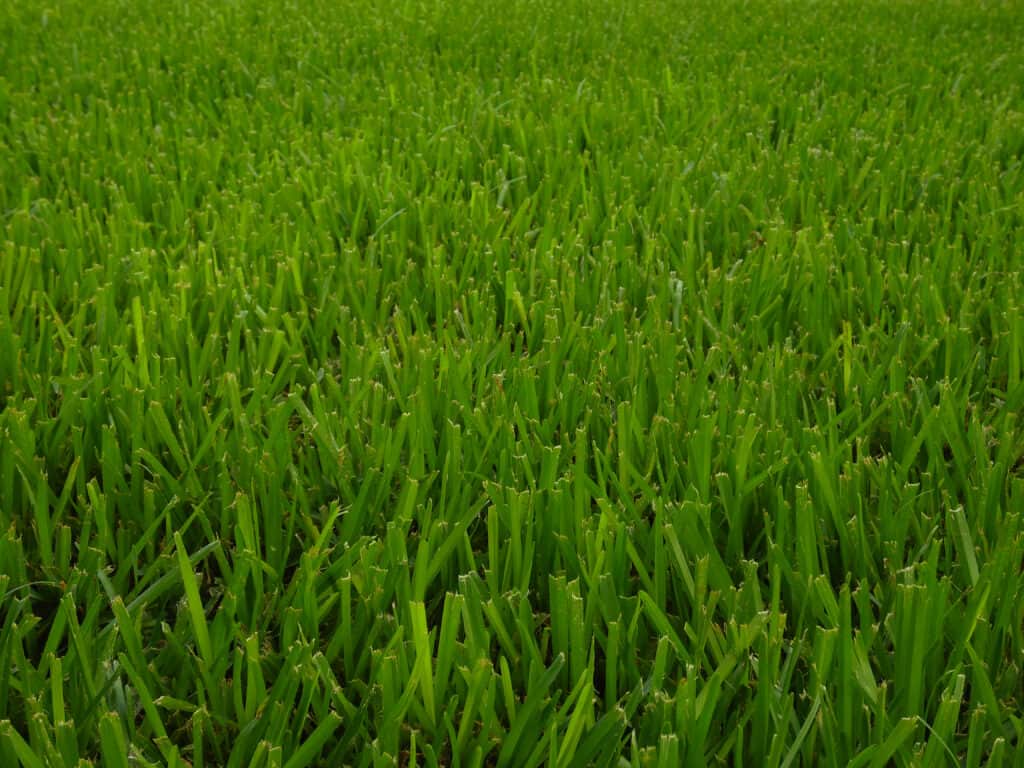
Even though St. Augustine grass can tolerate the shade, it prefers full sun.
©Xeres Zales/Shutterstock.com
Although St. Augustine grass doesn’t offer as many benefits as Bermuda grass, it can still perform well in the state of Arizona. This grass thrives in direct sunlight and its dense blades give the feel of a plush, pillowy carpet underfoot. After it is established, it is easy to care for and requires less mowing and manicuring than other grass types. Finally, because St. Augustine grows aggressively, it is able to muscle out a variety of pesky weeds commonly found on lawns. However, one major drawback is the amount of water that St. Augustine grass requires to sustain its lush, green appearance. In fact, this grass requires nearly twice the amount of watering as other grass types. Lack of hydration can cause St. Augustine grass to brown and become brittle. Be ready for this if you choose to plant this grass on your lawn.
3. Zoysia Grass
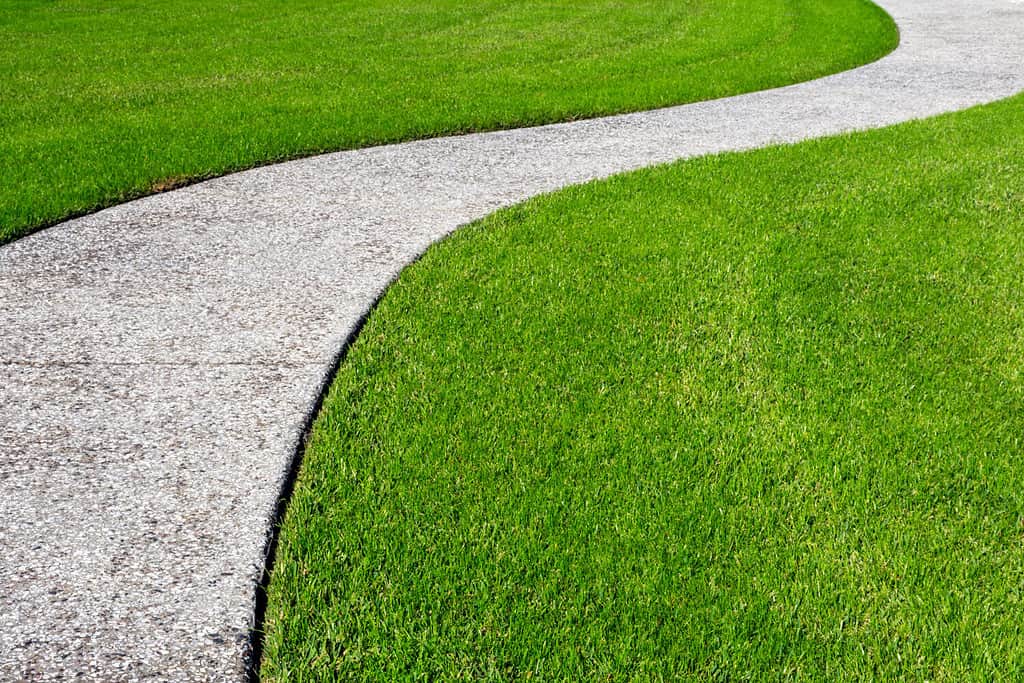
Zoysia grass lawns can be very affordable.
©Joanne Dale/Shutterstock.com
In recent years, zoysia grass has become popular throughout the American South for its drought tolerance and hardiness. This grass is a bit slow-growing compared to Bermuda and St. Augustine grass. Zoysia grass is able to perform well in shady areas in comparison to other grass types. After it is established, care is low effort and easy. In addition, it can take quite a trample, which makes it perfect for families that frequently use their lawns for recreation time. While it is more tolerant of foot traffic than other grass types, Bermuda grass is slightly better than zoysia grass in this respect. Finally, because it grows at a slower pace, this grass is not ideal for homeowners looking for immediate results. Only opt for this grass type if you’re ready to be a little patient.
4. Buffalo Grass
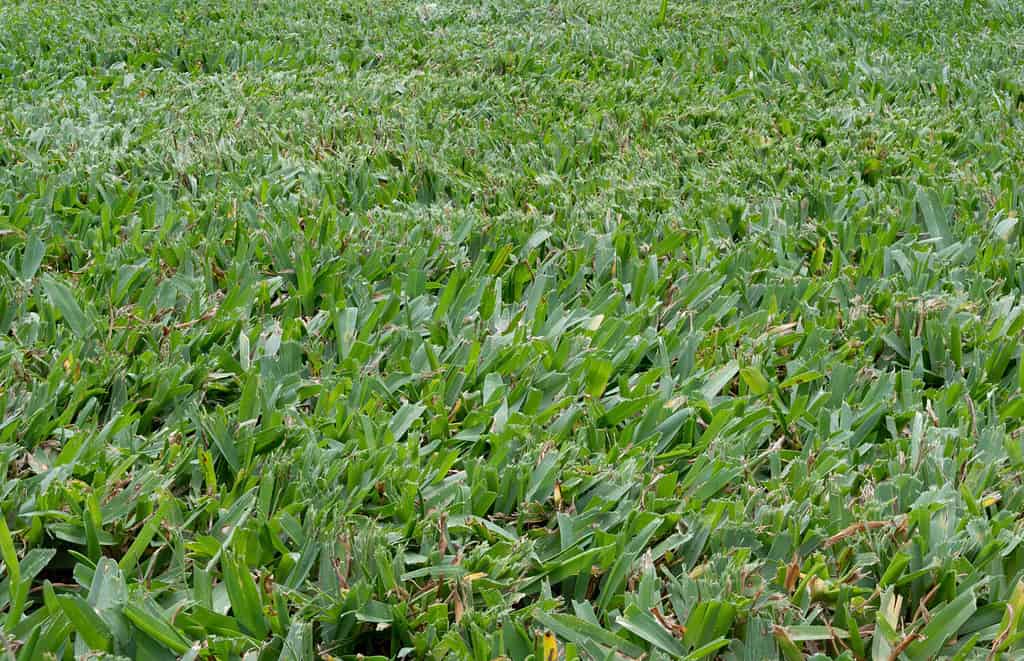
Compared to St. Augustine and Bermuda grass, buffalo grass is less uniform in appearance.
©Tim Martorana/Shutterstock.com
Buffalo grass is another excellent choice for Arizona yards and lawns as it has a variety of qualities well suited to the local climate. Like many of the other grass types we’ve discussed today, buffalo grass is very heat-resistant and drought-tolerant. In addition, it is also hardy to colder temperatures, so individuals living in parts of Arizona that experience cold snaps won’t have to worry about this grass losing its texture and color. Buffalo grass is also easy to maintain and care for. Despite these great qualities, one major drawback is that this grass cannot handle a lot of foot traffic.
5. Bahia Grass
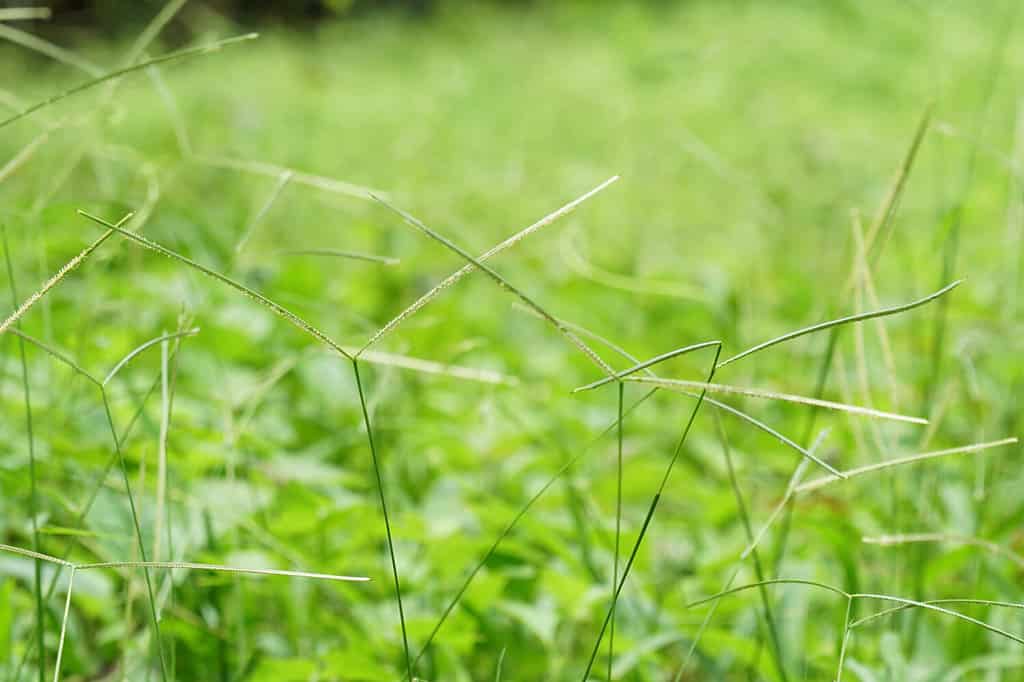
Although bahiagrass is shade-tolerant, it thrives in sunlight.
©Doikanoy/Shutterstock.com
According to the Clemson Cooperative Extension, “Bahiagrass has a mat-forming habit with a light green color, coarse texture, and open canopy. It is native to South America and was introduced into the U.S. in Florida as a forage grass around 1913.” Bahiagrass loves hot, sunny weather. Depending on where you live in Arizona, this might just be a match made in heaven. This grass type is drought tolerant, which makes it a good choice for individuals who live in areas that experience infrequent rain. It is capable of maintaining its greenery even during long periods without water. However, bahiagrass is only slightly shade-tolerant compared to other grass types we’ve discussed today. In addition, it has a less attractive and manicured appearance than Bermuda grass or St. Augustine grass.
Thank you for reading! Have some feedback for us? Contact the AZ Animals editorial team.

